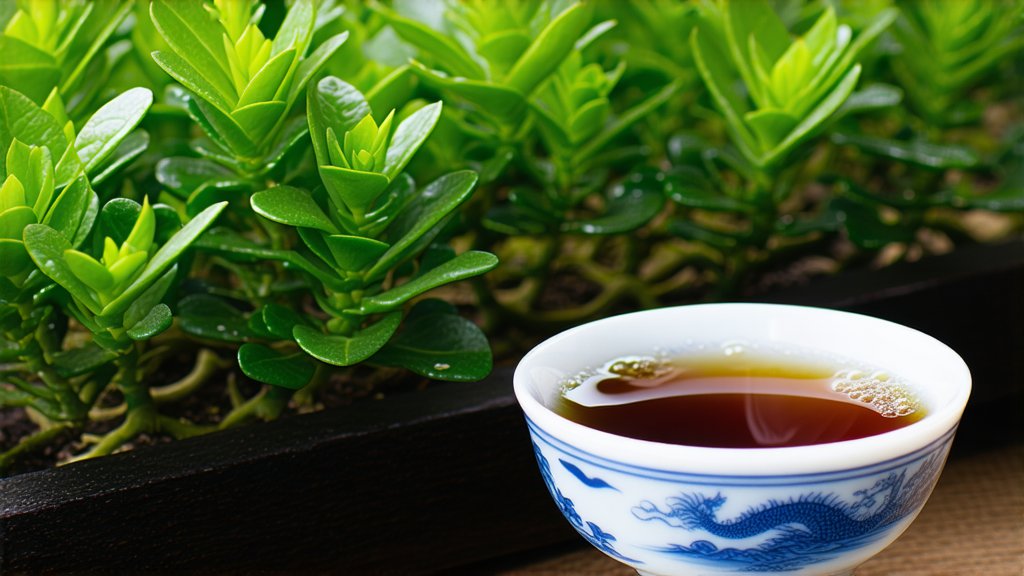
Dragon Well Tea, or Longjing in Mandarin, is one of China's most revered and celebrated green teas. Originating from the picturesque West Lake region in Hangzhou, Zhejiang Province, this tea has been enchanting tea enthusiasts for centuries with its unique flavor profile and delicate aroma. In this article, we will explore the rich history, diverse varieties, intricate production process, and sophisticated methods of appreciating Dragon Well Tea.
Historical Background
The origins of Dragon Well Tea date back to the Tang Dynasty (618-907 AD), though it wasn't until the Qing Dynasty (1644-1912 AD) that it gained widespread fame and recognition. Legend has it that the tea was named after a well near the area where two dragons once appeared, symbolizing prosperity and good fortune. Over the centuries, Dragon Well Tea has become synonymous with the finest quality green tea, often presented as a gift to emperors and foreign dignitaries.
Varieties of Dragon Well Tea
While Dragon Well Tea is generally categorized under the umbrella of Chinese green teas, there are subtle variations based on the specific region within the West Lake area. The most renowned sub-varieties include:
-
Xihu Longjing: Grown around the West Lake area, this variety is considered the epitome of Dragon Well Tea. The unique microclimate of the lake contributes to its exceptional quality.
-
Yuefei Longjing: Named after the famous Song Dynasty general Yue Fei, this variety hails from the Yueyang region. It shares similar characteristics but may have slight differences in flavor due to terroir.
-
Meiling Longjing: Produced in Meiling Village, this variety benefits from the fertile soil and favorable growing conditions, resulting in a distinct taste and aroma.
Production Process
The craftsmanship involved in producing Dragon Well Tea is both an art and a science. The process can be divided into several key steps:
-
Picking: Only the youngest, tenderest leaves and buds are handpicked, usually in early spring when the first flush of growth occurs. This ensures the highest quality and freshness.
-
Withering: After picking, the leaves are spread out thinly on bamboo mats to wither under natural sunlight or in shaded areas. This step helps reduce moisture content and prepares the leaves for shaping.
-
Fixing/Pan-firing: The hallmark of Dragon Well Tea is its pan-frying process. The withered leaves are placed in a wok over high heat and stirred continuously by skilled artisans. This step halts oxidation and gives the tea its characteristic flat appearance and vibrant green color.
-
Shaping: As the leaves are heated, they become soft and pliable. Artisans skillfully shape them into their distinctive flat form using their hands or specialized tools.
-
Drying: Once shaped, the tea undergoes further drying to remove any remaining moisture. This step can be done in various ways, including additional pan-firing or baking in ovens.
-
Sorting and Grading: The final product is carefully sorted and graded based on size, shape, and quality. Only the best leaves make it into premium grades.
Appreciating Dragon Well Tea
To fully appreciate Dragon Well Tea, one must understand the proper methods of tasting and brewing. Here are some guidelines:
-
Teaware: Use a clear glass or a white porcelain cup to observe the tea's color and unfurling leaves. A gaiwan (a lidded bowl) is also popular for its ease of use.
-
Water Quality: Use fresh, filtered water at an optimal temperature of around 80-85°C (176-185°F). Boiling water can scorch the delicate leaves.
-
Leaf Quantity: For a standard cup, use about 3-5 grams of tea leaves per 200 ml of water. Adjust according to personal preference.
-
Steeping Time: The initial steep should be relatively short, around 1-2 minutes, to avoid bitterness. Subsequent infusions can be longer, typically 2-3 minutes each.
-
Observation and Aroma: Before drinking, take a moment to appreciate the tea's aroma. Note the subtle floral, vegetal, and nutty notes that characterize high-quality Dragon Well Tea.
-
Tasting: Sip slowly and let the tea roll over your tongue to experience its full range of flavors. High-quality Dragon Well Tea is known for its smooth, mellow taste with a slightly sweet aftertaste.
In conclusion, Dragon Well Tea is more than just a beverage; it is a cultural icon that embodies the essence of Chinese tea culture. From its storied history and diverse varieties to its meticulous production process and refined methods of appreciation, Dragon Well Tea offers a window into the rich heritage and artistry of Chinese tea making. Whether you are a seasoned tea connoisseur or a curious newcomer, exploring the world of tea, Dragon Well Tea is undoubtedly a must-try experience that will leave a lasting impression.